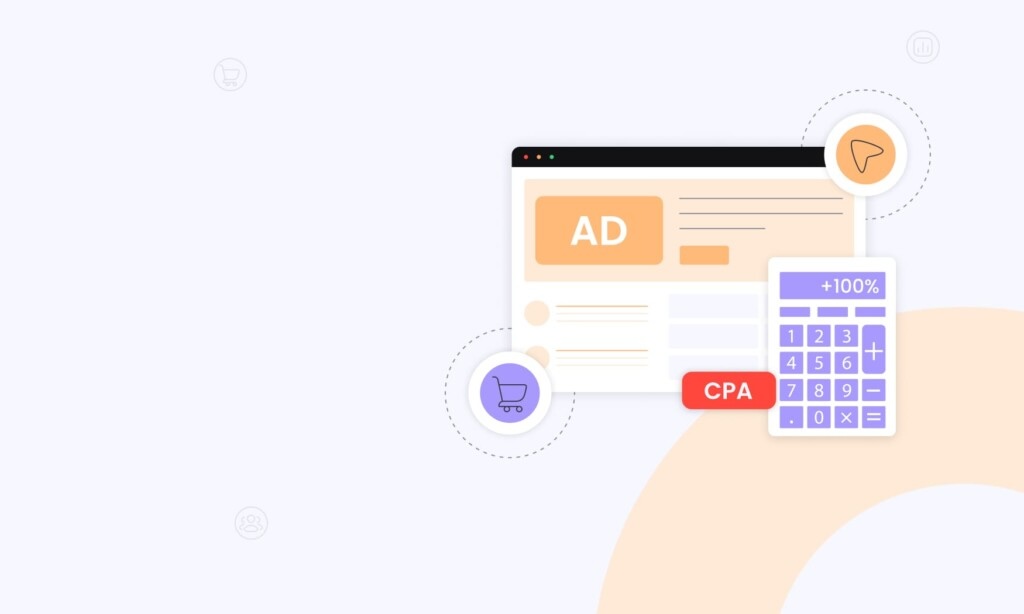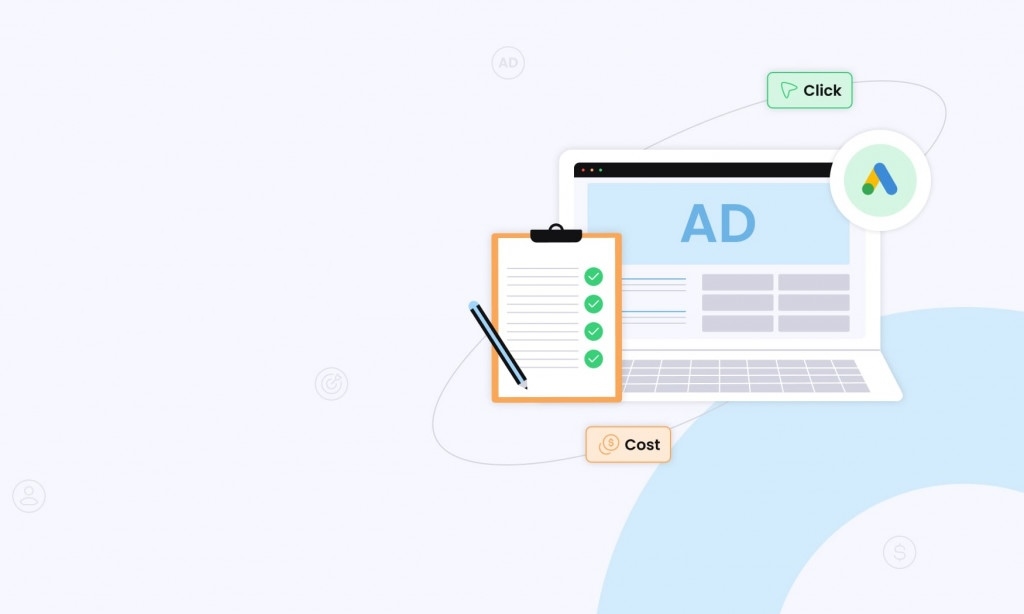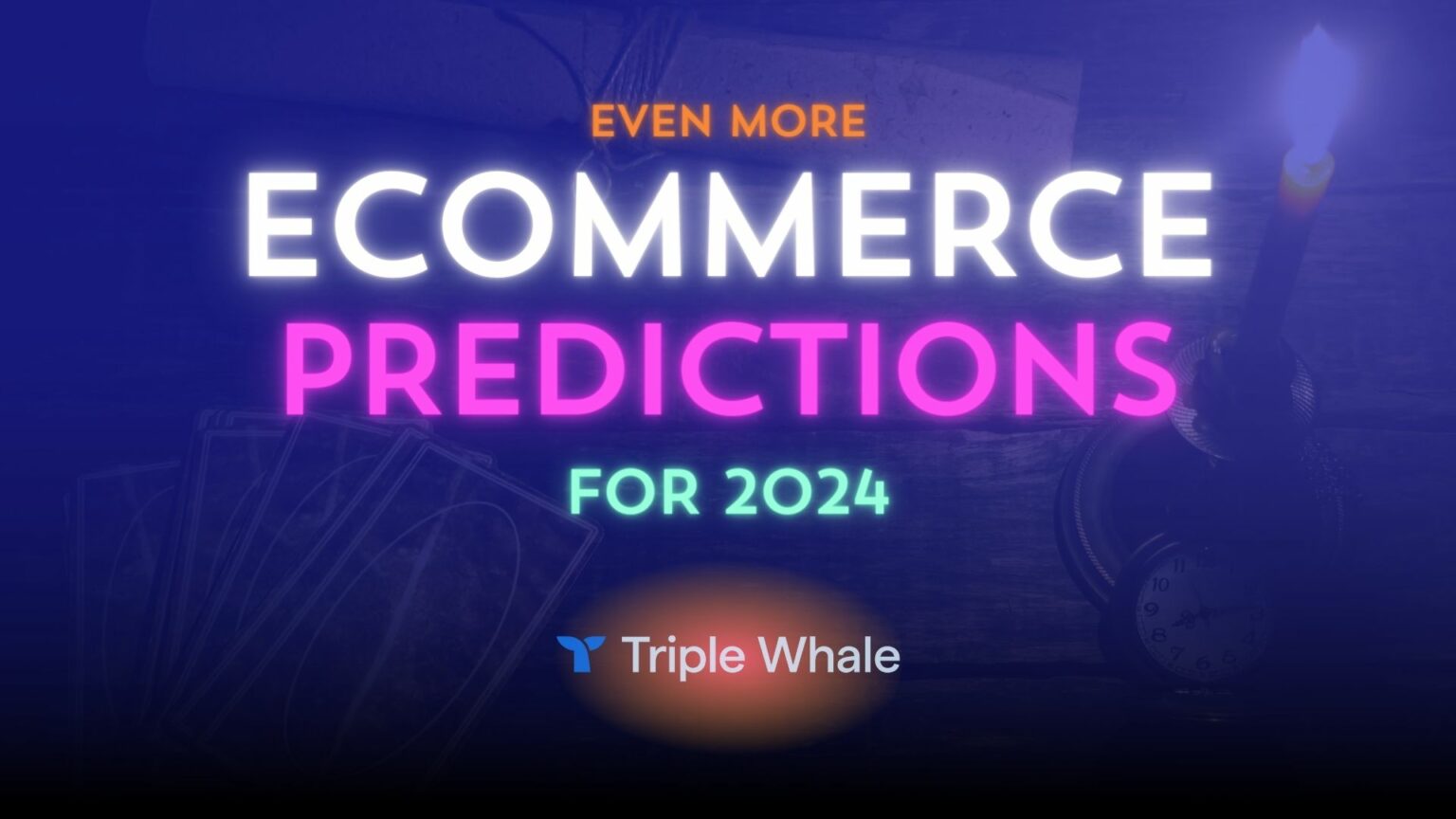
7 Proven Strategies to Reduce Google Ads Cost Per Click


Google Ads' cost per click is rising fast.
Average CPCs are up 15% year-over-year, and some industries are paying over $50 per click.
Even worse, nearly 76% of ad budgets are wasted on poorly optimized campaigns.
For performance marketers, media buyers, and agencies, this challenge comes from fragmented data, inaccurate attribution, and limited control over ad optimization, which is where RedTrack steps in.
As a unified ad tracking and campaign optimization platform, RedTrack helps teams eliminate waste, consolidate data, and drive better decisions with real-time insights.
We’ve collected seven proven strategies you can implement to reduce Google Ads cost per click and improve ROAS. We’ll also show you how to level up with RedTrack to get the lowest possible CPC!
1. Understand & Optimize Your Quality Score Fundamentals
Even if your Google Ads account is fairly small, optimizing Quality Score can be a fairly complex task.
Knowing how to maximize your Quality Score means understanding the impact of each component, its optimization potential, and how to leverage its strengths to achieve lower CPCs.
Quality Score is Google’s 1-10 rating system that directly influences how much you pay for each click in your paid search ads. It’s calculated based on three core components that work together to determine your ad rank and cost per click:
- Expected Click-Through Rate (CTR): How likely your ad is to be clicked compared to competitors targeting the same search queries
- Ad relevance: The alignment between your ad copy and the user’s search intent
- Landing page experience: The quality, relevance, and load speed of your landing pages
Here are several things you can do to understand and optimize your Quality Score fundamentals:
- Analyze your current Quality Score across all campaigns in detail
- Focus on the three core components: expected CTR, ad relevance, and landing page experience
- Target Quality Scores of 8-10 to achieve up to 50% CPC reduction
A higher Quality Score (typically 8-10) can reduce your Google Ads CPC by as much as 50%, while low scores (1-4) can significantly increase your minimum required keyword bids.
Each Quality Score point increase typically yields a 10% CPC reduction.
Also, remember to factor in seasonal fluctuations, competitor changes, and algorithm updates that can impact your scores.
2. Master Your Keyword Strategy & Implement Negative Keywords
When you have a detailed overview of your keyword performance, the next step is to decide which keywords to bid on, as well as when to exclude irrelevant terms.
Keyword optimization is an art unto itself, but in the context of CPC reduction, here are some strategies that can help:
- Use long-tail keywords with 4+ words: These face less competition and typically have lower CPCs. Focus on specific search intent rather than broad, competitive keywords that drain your budget.
- Choose the right match types: Compare broad match vs. phrase match vs. exact match performance. Start with exact match keywords for better control, then expand strategically.
- Build comprehensive negative keyword lists: The only surefire way to prevent irrelevant clicks is to identify and exclude terms that don’t convert. Add words like “free,” “cheap,” and competitor names to your negative keyword list. And always review your search term reports to find new opportunities.
Long-tail keywords face markedly lower competition and generate higher-intent leads, making them invaluable for cost-effective Google search ads.
Strategic Keyword Research & Competitor Analysis
Competitive, high-CPC keywords can drain your budget. Instead, focus on long-tail alternatives and competitor gaps where you can get better value for your ad spend.
Use tools like Google Keyword Planner and competitor analysis platforms to identify high-value, low-competition opportunities that your competitors might be missing. Look for exact match types that have sufficient search volume but less competition from other advertisers.
Adding negative keywords to your Google Ads campaign can reduce wasted ad spend by up to 30% in some accounts. Review your search term reports for irrelevant queries and add them to your negative keyword lists to eliminate irrelevant traffic.
3. Optimize Your Bidding Strategy & Campaign Targeting
The points above contribute to lower CPC, but that’s just one part of the equation. The other is strategic targeting and efficient bidding in your ad campaigns, which requires:
The Right Bidding Approach to Reduce Google Ads Cost Per Click
Manual CPC bidding gives you complete control over your keyword bids, while automated bidding strategies like Enhanced CPC (ECPC) can help optimize bids automatically. Consider target CPA or Target ROAS bidding when you have sufficient conversion data from your search ads.
Automated bidding strategies have shown impressive results, with Smart Bidding users achieving 14-22% lower CPCs, especially when there’s enough conversion data for the algorithms to work with effectively.
Smart Targeting & Scheduling Strategies
Some Google search ads perform great across all locations and times, while others might benefit if you provide them with more focused targeting parameters.
To help your campaigns reach peak cost efficiency, consider optimization techniques like geographic targeting, device bid adjustments, ad scheduling, audience targeting, exclusions, and leveraging Google’s Search Partners Network.
Minimize Budget Waste
Organize campaigns in such a way that doesn’t require you to chase every possible click. Avoid budget waste by focusing on high-intent keywords and qualified traffic.
Broad match keywords can inflate costs significantly compared to exact match types, so use broad match types only once you have strong negative keyword lists and CTR history to guide Google’s algorithm.
Reduce Administrative Overhead
Constantly checking bids, adjusting budgets manually, and dealing with campaign maintenance all eat into your optimization time and efficiency. Enable automated rules and alerts to handle routine tasks, so you can focus on strategic optimization.
Regular Performance Monitoring
Completing an entire optimization in one huge chunk is a nice concept, but your campaign performance will fluctuate over time.
The solution is to normalize regular check-ins and adjustments throughout the week, so that you can catch issues early and maintain optimal performance.
4. Create Highly Relevant Ad Content & Optimize Landing Pages
If different ad groups inside your account are using different messaging approaches, or even worse, not aligning with search intent at all, then it’s time to start thinking about unifying the way you create ads.
By having a centralized ad content strategy, you can keep track of everything, including keyword alignment, ad copy performance, and landing page experience.
Google Ads Editor and other tools can help with bulk editing, testing, and optimization, as well as systematic ad improvement.
You can use these tools to:
- Write ad copy that matches search intent: Include target keywords naturally and address exactly what users are searching for.
- Use single keyword ad groups (SKAGs): Break down campaigns into highly focused ad groups for maximum relevance and higher quality score improvement.
- A/B test different ad variations: Test headlines, descriptions, and calls-to-action to improve click-through rates and reduce CPCs.
- Align landing page content: Ensure your landing pages deliver on ad promises and provide a seamless user experience that improves Quality Score.
5. Implement Advanced CPC Reduction Techniques
Once you have your basics optimized, it’s crucial that you implement more sophisticated strategies, especially if you’re in competitive industries or facing aggressive competitors. Make sure to explore advanced tactics that can give you an edge.
Instead of relying on basic optimization alone, try implementing advanced techniques that compound your results, such as:
- Leveraging relevant ad extensions like sitelinks, callouts, and structured snippets that improve ad rank without increasing bids
- Monitoring competitor keywords, ad copy, and bidding patterns to identify opportunities and strategy gaps
- Optimizing for conversion rate on landing pages to improve quality score
- Testing CPC reduction strategies using Google’s draft and experiments feature
- Using marketing analytics software like RedTrack for more accurate conversion attribution and better campaign insights
6. Address Industry-Specific CPC Challenges
Some industries have high CPCs that require specialized approaches beyond standard optimization techniques.
These challenges affect budget efficiency, competitiveness, and the profitability of PPC campaigns. Here are approaches for different scenarios:
High-CPC Industries (Legal, Insurance, Technology)
Focus on ultra-specific long-tail keywords and geographic targeting to avoid the most competitive terms in industries that routinely exceed $50 CPCs due to intense competition.
ECommerce & Google Shopping Optimization
Leverage product-specific keywords, optimize product feed data for Google Shopping ads, and use Shopping campaign bidding strategies that focus on profitable products rather than volume.
Local Business Optimization
Use location-based keywords, optimize for “near me” searches, and leverage local ad extensions to compete effectively in your geographic area.
7. Monitor Performance & Avoid Common CPC Mistakes
CPC optimization is a process, not a one-time fix. You need to be aware of the circumstances that might require you to alter your original strategy.
For example, some keywords may become more competitive over time, or seasonal changes might affect your optimal CPC levels through different ads performing better during specific periods.
We suggest implementing the following monitoring approach:
- Monitor key metrics like conversion rate, cost per acquisition, and return on ad spend to ensure CPC reductions don’t hurt overall performance.
- Set up automated notifications for CPC spikes or budgets that pace too quickly so you can respond before significant budget waste occurs.
- Don’t lower bids too aggressively and lose valuable traffic.
- Don’t focus solely on CPC without considering conversion quality.
- Implement weekly or bi-weekly optimization sessions to review performance, adjust bids, and identify new opportunities.
Use Google Analytics to track the full customer journey and understand how your lower-cost clicks are converting. Sometimes cheaper clicks from certain match types or ad shows might have lower conversion rates, making the apparent savings illusory.
Watch out for invalid traffic that can skew your CPC data and lead to poor optimization decisions. Also, be cautious about losing money through overly aggressive bid reductions that eliminate your ad from appearing for valuable search queries.
Make Google Ads Cost Per Click Optimization Work For You with the Right Tools
Proper CPC optimization is a win-win for everybody. You get campaigns that are more efficient and profitable, and your business gets to compete effectively in the digital marketplace without constantly increasing your ad spend.
That said, there are only so many campaigns you can effectively monitor and optimize manually in Google Ads.
With RedTrack, you can significantly lower your effective CPC and improve ROAS by optimizing how your ad budget is spent:
- More Accurate Conversion Attribution: RedTrack uses server-to-server tracking and multi-touch attribution to ensure Google receives the most accurate conversion data. This enables Google Ads algorithms to optimize campaigns more effectively—helping you bid smarter rather than harder.
- Better Campaign Insights: RedTrack consolidates your campaign data into a single source of truth, so you can identify underperforming segments quickly and shift budget toward high-performing ads. This prevents wasted spend and helps get more value per click.
- Real-Time Optimization: Through real-time analytics and smart rules, RedTrack can automatically adjust campaigns based on performance. This agility minimizes wasteful clicks and drives lower CPA, indirectly lowering your cost per conversion and improving your CPC efficiency.
- Eliminating Data Loss: By using Conversion API and bypassing pixel-based tracking limitations (ad blockers, privacy regulations), RedTrack ensures your data sent to Google is complete, helping the platform optimize delivery and reduce costs over time.
So, while RedTrack doesn’t “negotiate” CPC down directly, it helps Google Ads optimize better through superior data, which results in lower effective CPCs and improved ad profitability.
Interested in seeing RedTrack in action? Book a demo and find out how to take your PPC game to a whole new level!





